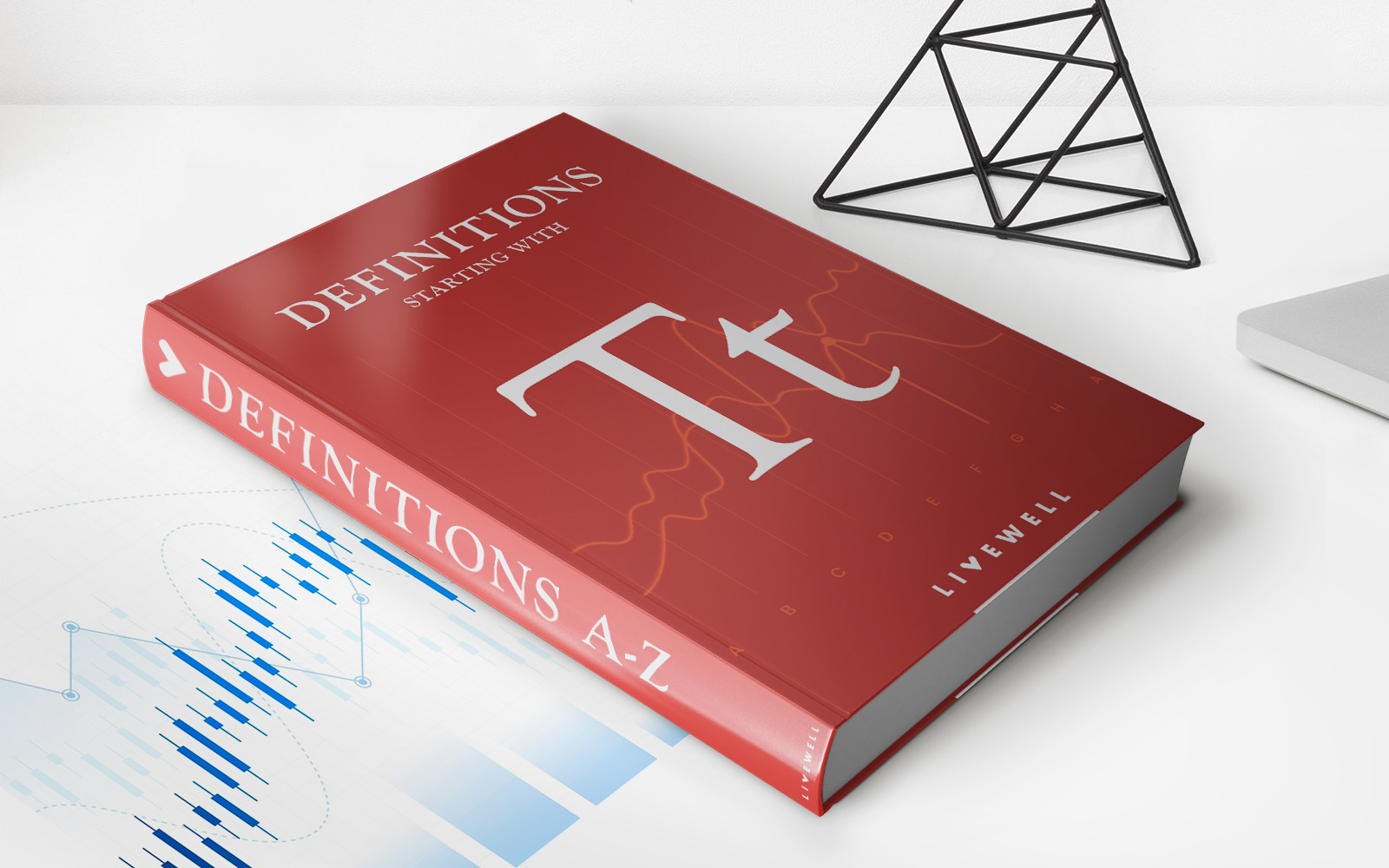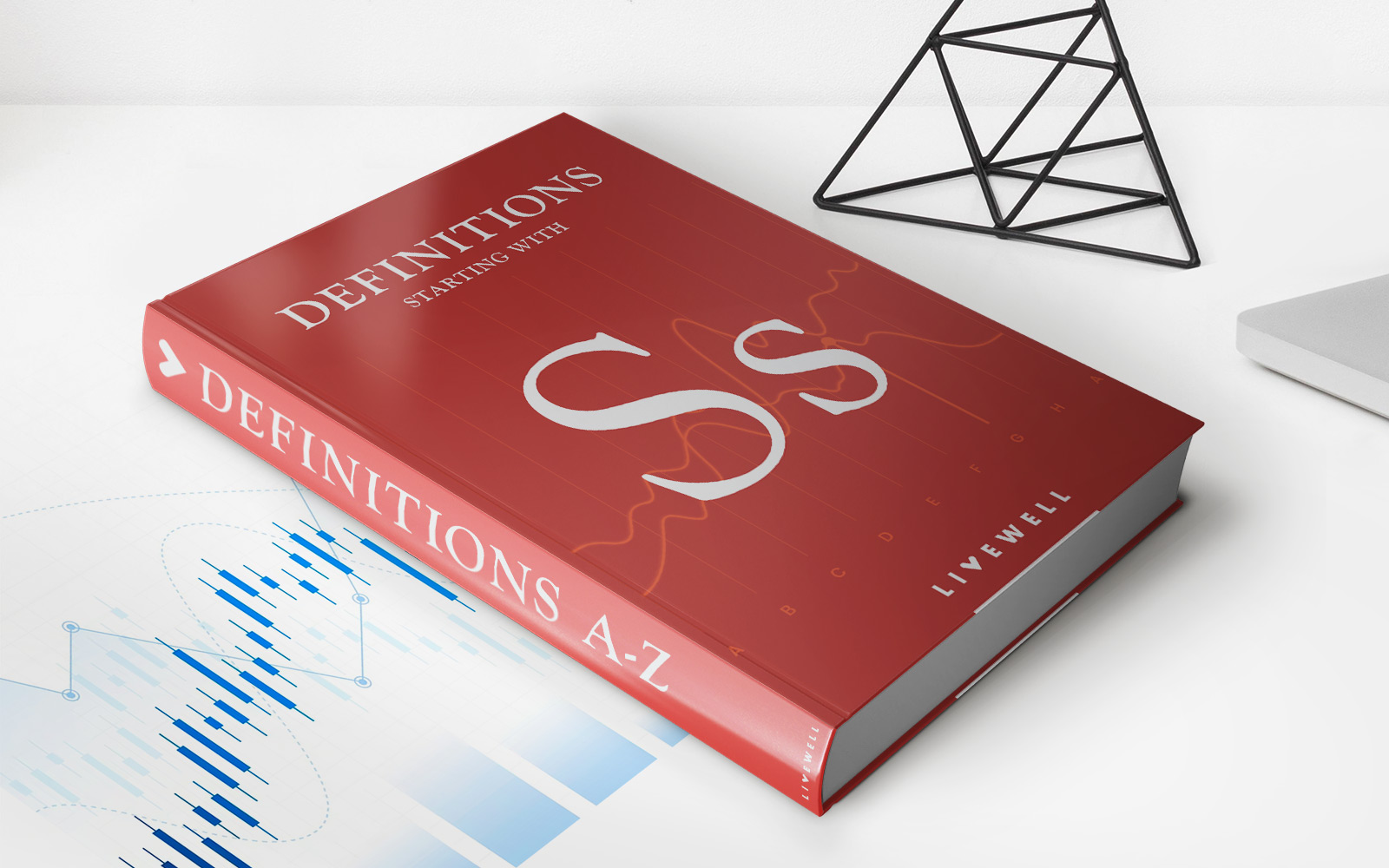Home>Finance>Technical Indicator: Definition, Analyst Uses, Types And Examples


Finance
Technical Indicator: Definition, Analyst Uses, Types And Examples
Published: February 7, 2024
Discover the definition and uses of technical indicators in finance. Explore the various types and see real-life examples for insightful analysis.
(Many of the links in this article redirect to a specific reviewed product. Your purchase of these products through affiliate links helps to generate commission for LiveWell, at no extra cost. Learn more)
Unlocking the Power of Technical Indicators: Definition, Analyst Uses, Types, and Examples
Welcome to our Finance category, where we explore different facets of the financial world to equip you with valuable knowledge and insights. In today’s blog post, we will dive into the fascinating realm of technical indicators. What are they, how do analysts use them, what are the different types, and what are some real-world examples? All these questions will be answered as we unlock the power of technical indicators in this comprehensive guide.
Key Takeaways:
- Technical indicators help analysts interpret market data and identify trends, patterns, and potential trade opportunities.
- There are various types of technical indicators, including trend-following, oscillators, and volume-based indicators, each serving a different purpose.
What are Technical Indicators?
Technical indicators are mathematical calculations applied to market data, such as price and volume, to provide valuable insights into market trends and potential price movements. They help analysts make informed trading decisions by identifying patterns, reversals, and momentum shifts in financial markets.
Here are a few key reasons why analysts use technical indicators:
- Identifying trends: Technical indicators can help identify whether the market is trending up, down, or moving sideways. This information helps traders determine the overall direction of the market.
- Spotting potential reversals: Indicators can provide signals when a trend is about to reverse, allowing traders to capitalize on potential price movements.
- Confirming price patterns: Technical indicators can validate chart patterns, such as head and shoulders, double tops, or triangles, providing additional confidence for traders before making a trade.
- Measuring market momentum: It’s crucial to understand the strength of a market trend. Technical indicators can measure momentum, alerting traders when a market is overbought or oversold.
Types of Technical Indicators
There are numerous types of technical indicators, each offering unique insights into the market. Let’s take a closer look at three commonly used categories:
1. Trend-Following Indicators
Trend-following indicators help traders identify the direction and strength of a market trend. These indicators are particularly useful in trending markets, where prices consistently move in one direction.
- Moving Averages: Moving averages smooth out price fluctuations and reveal the overall trend. Popular examples include the simple moving average (SMA) and the exponential moving average (EMA).
- Parabolic SAR: The Parabolic SAR depicts potential stop and reverse levels, assisting traders in identifying trend reversals.
2. Oscillator Indicators
Oscillator indicators are used to identify potential overbought or oversold conditions in the market, indicating the probability of a price reversal or correction.
- Relative Strength Index (RSI): The RSI measures the speed and change of price movements, providing insights into whether a security is overbought or oversold.
- Stochastic Oscillator: The Stochastic Oscillator tracks the closing price relative to the high-low range over a specific period, indicating potential trend reversals.
3. Volume-Based Indicators
Volume-based indicators analyze trading volume to gain insights into the strength of a price trend and identify potential buy or sell signals.
- Volume Weighted Average Price (VWAP): VWAP calculates the average price at which a security has traded throughout the day, providing an indication of average investor sentiment.
- On-Balance Volume (OBV): OBV uses volume flow to predict price movements, indicating whether buyers or sellers are in control of the market.
Real-World Examples
Now that we’ve covered the different types of technical indicators, let’s explore a few real-world examples of how they can be applied:
- Example 1: A trader using moving averages may identify a golden cross, where the short-term moving average crosses above the long-term moving average, indicating a bullish trend.
- Example 2: An investor utilizing the RSI may notice an overbought condition, suggesting that a security is due for a potential price reversal. They may then choose to sell their holdings.
By incorporating technical indicators into their analysis, traders and investors gain a better understanding of market dynamics, helping them make more informed decisions and potentially improve their trading outcomes.
Conclusion
Technical indicators serve as valuable tools for market analysis, allowing traders and investors to interpret market data and make informed decisions. Whether you’re a seasoned trader or an aspiring investor, understanding technical indicators is essential for navigating the complex world of finance. Remember to explore various indicators, experiment, and combine them with other analysis techniques to develop a strategic approach that aligns with your investment goals.














